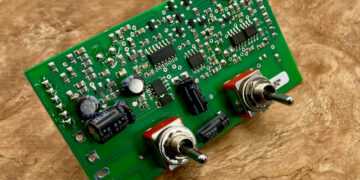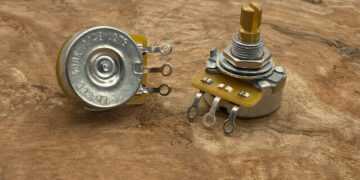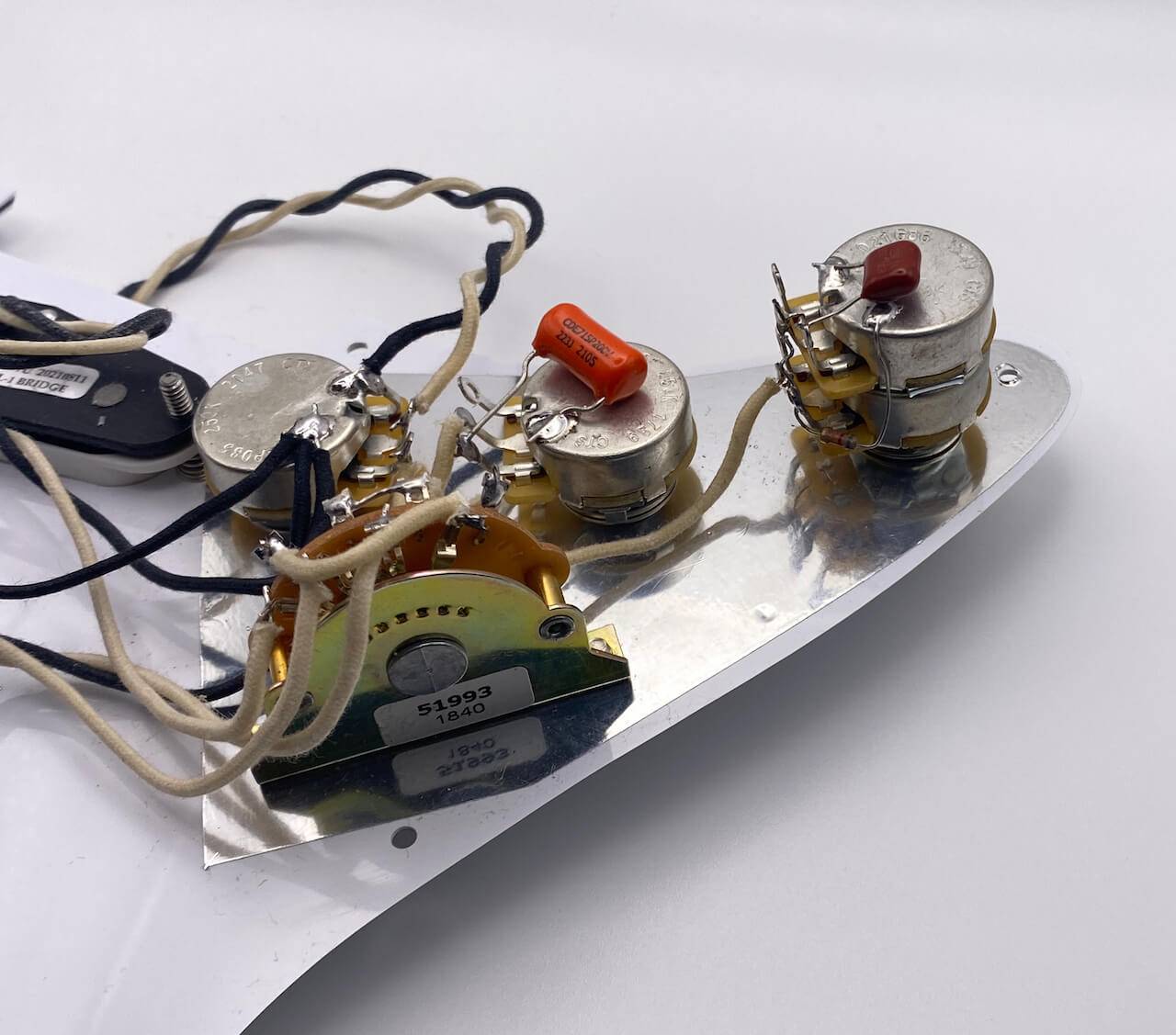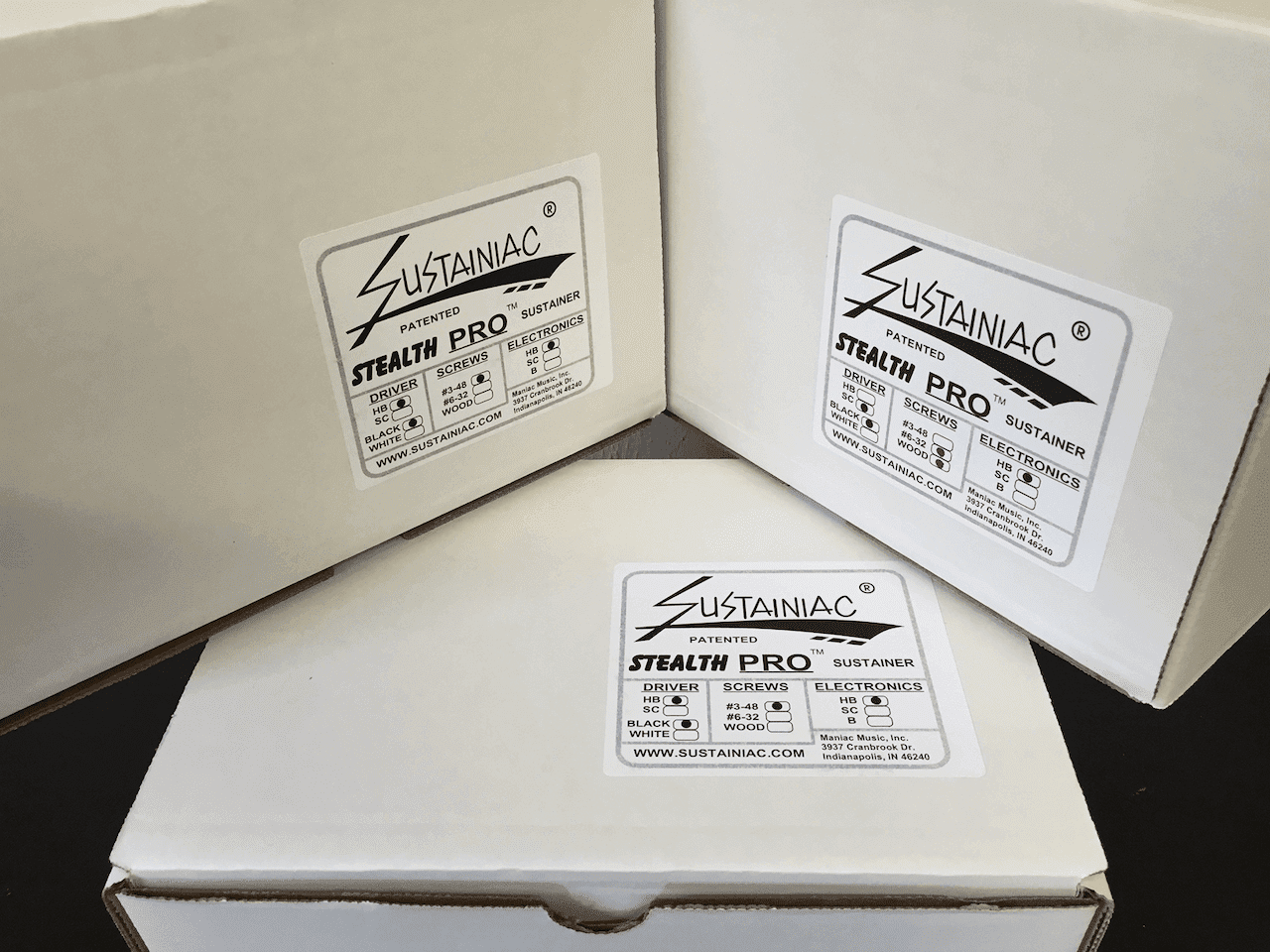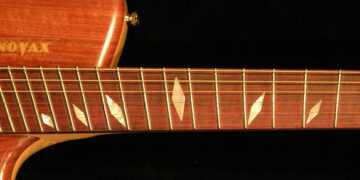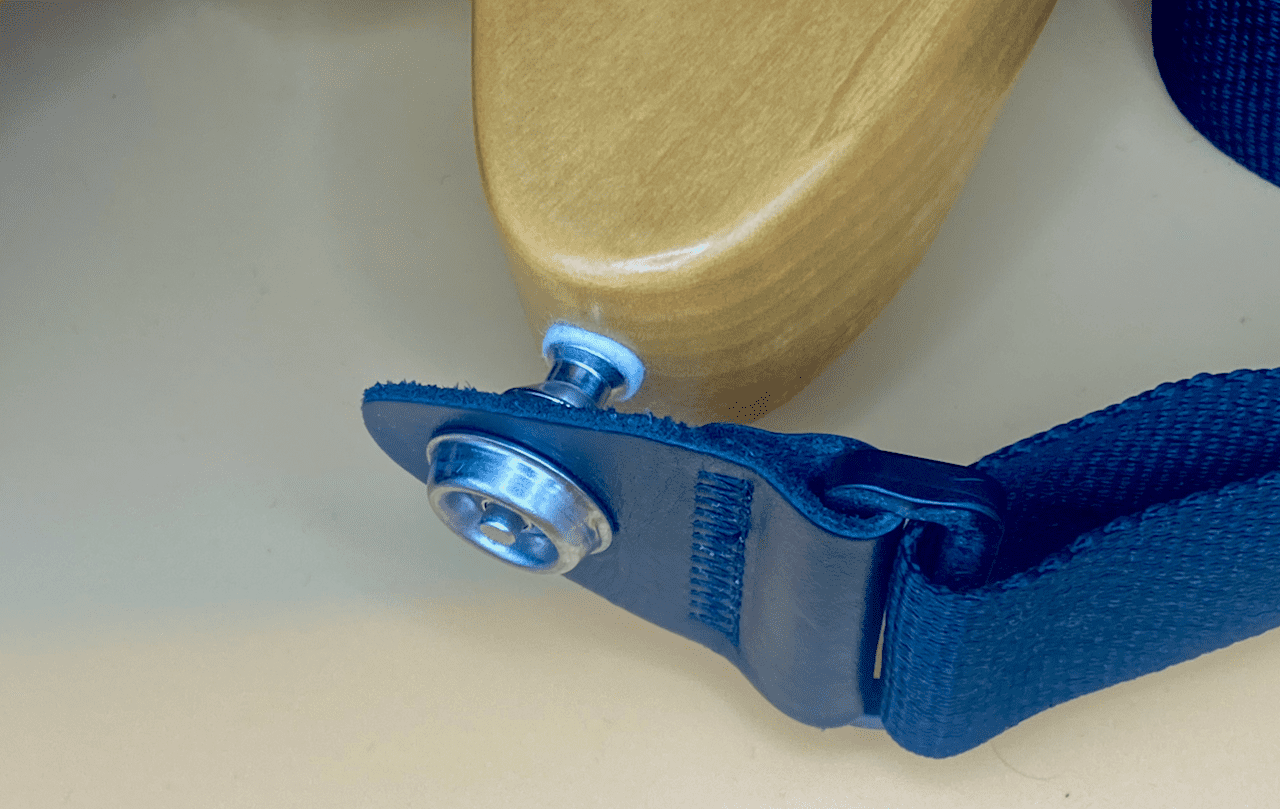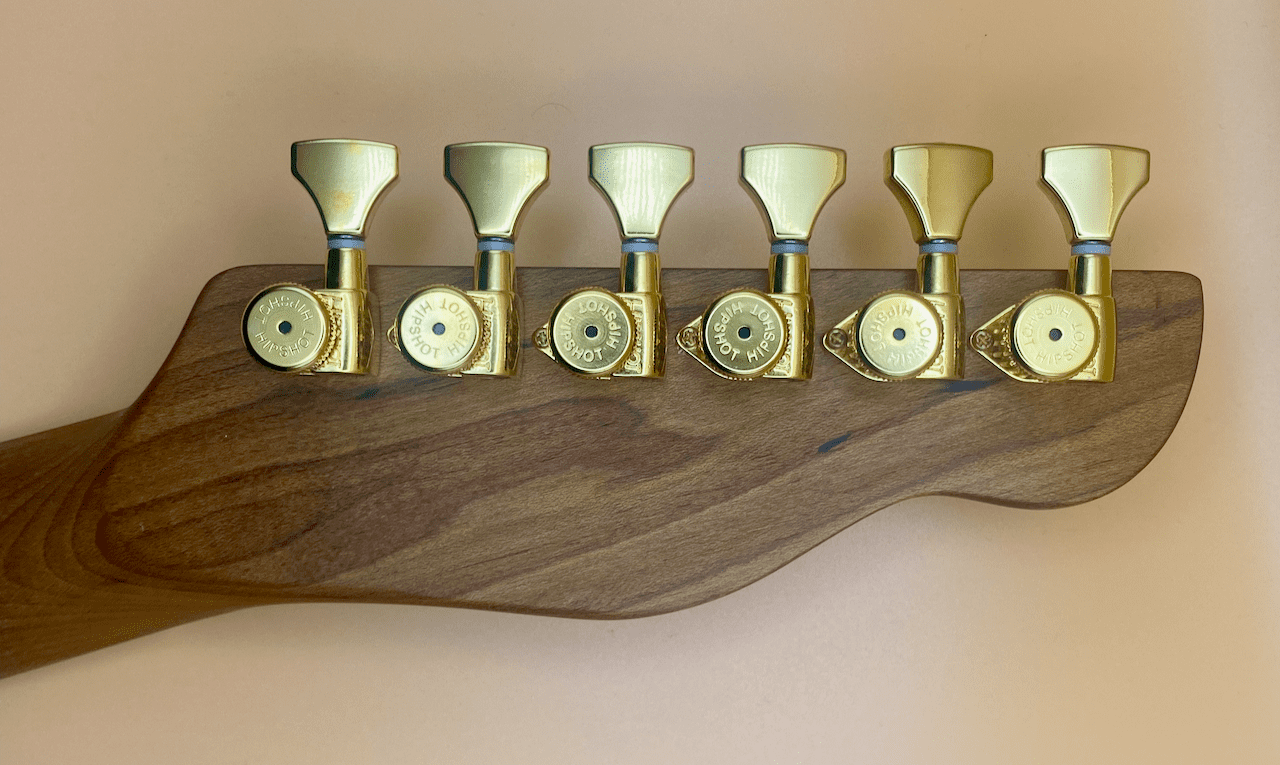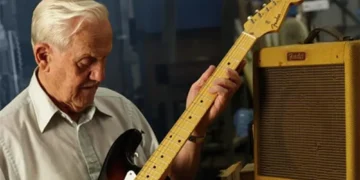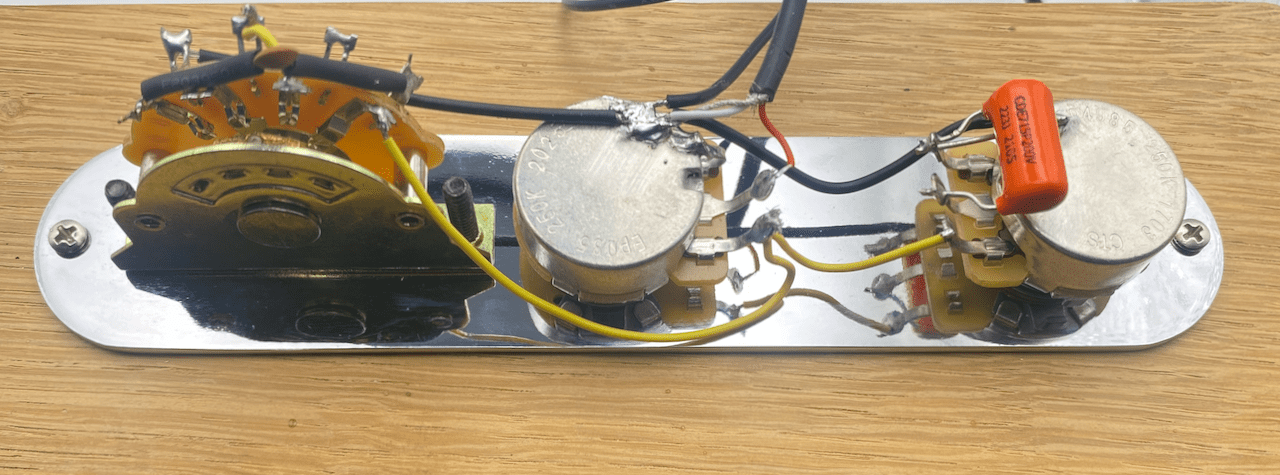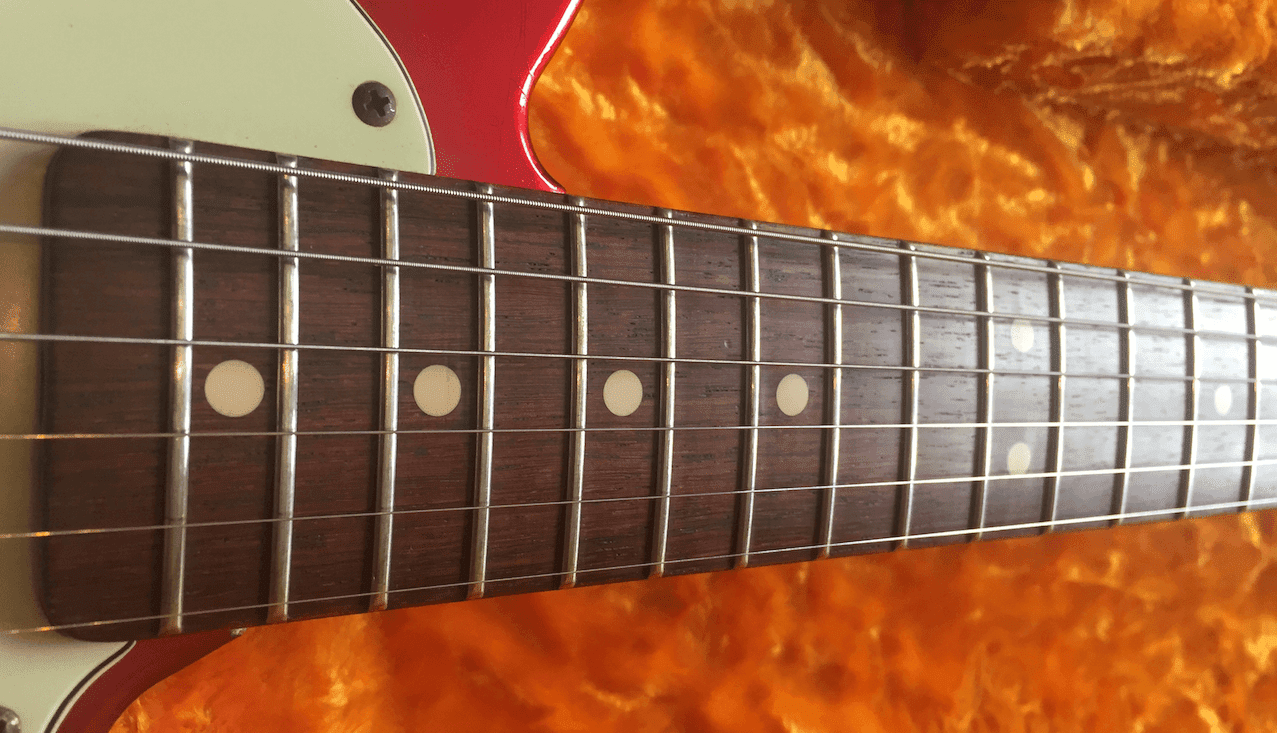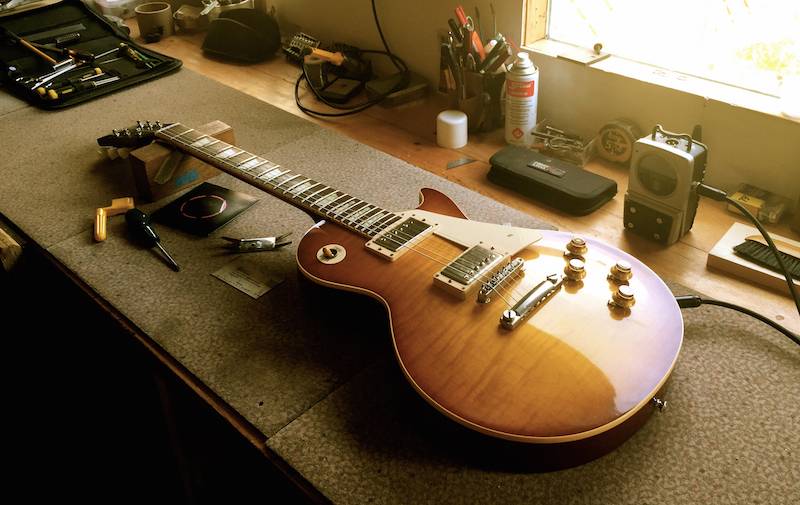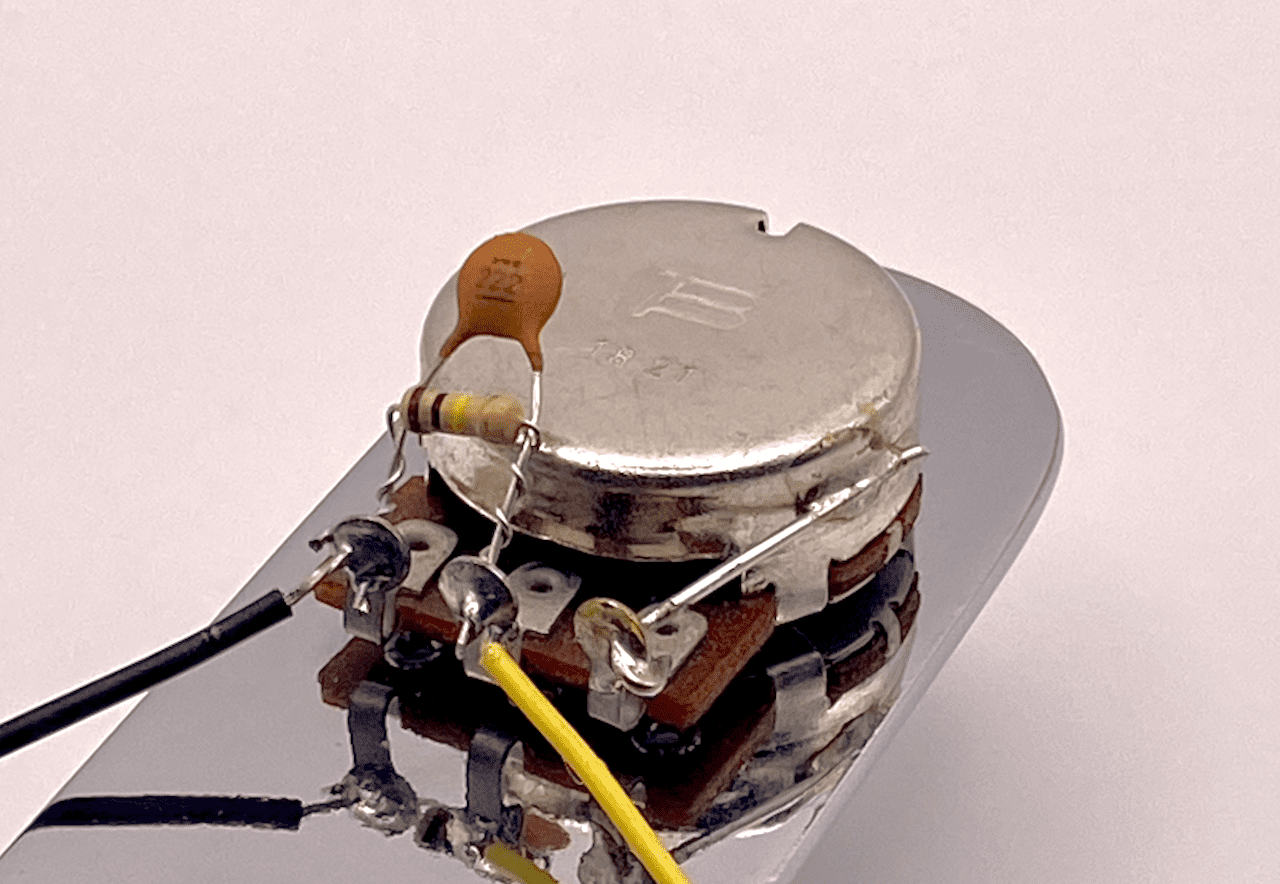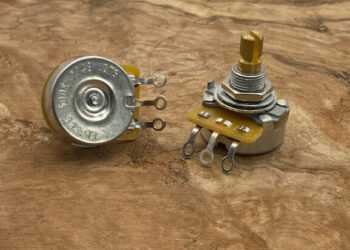Understanding How a Treble Bleed Circuit works
Understanding treble bleed circuits is key to using the full range of your guitar’s controls. A lot of players notice that when turning down the volume control, the guitar tends to lose a lot of treble. This is because the components in your guitar (pickups, pots and tone caps) act as a ‘low pass’ filter. Even adjusting the tone control seems to pull a lot of the treble frequencies out of the sound.
Let’s quickly mention ‘Filters’, just so we all know what we’re talking about:
A low-pass filter has a cutoff frequency – meaning that it will cut all frequencies above this threshold. The result is that you lose the treble frequencies of your signal. It allows the low frequencies to pass through – hence the name ‘low-pass filter’.
A high-pass filter, or what we will refer to as a ‘treble bleed’ works in the opposite way. It uses a capacitor to allow the treble frequencies to pass (or ‘bleed’) through the volume pot even when it is turned down. The capacitor acts as a high-frequency bypass. By changing the value of the capacitor it is possible to balance out which frequencies you want the treble bleed to allow to pass through and which ones you don’t. The addition of a resistor helps to modify the effectiveness of the sweep of the volume pot itself.
A basic treble bleed circuit consists of a capacitor, normally ceramic, that is soldered to the middle and outside lug of the volume control (with the third lug soldered to ground). Some, however, believe that just having a capacitor starts to cut off some of the bass tones as the volume is rolled down. To bring back some of those lost low frequencies, you could add a resistor to the circuit along with the capacitor. The addition of a resistor helps to modify the effectiveness of the sweep of the volume pot itself, helping to soften out the effectiveness of the bypass capacitor.
The pickups have a lot to do with this, but it’s really about balancing out the natural low pass filter of the guitar components with the high pass filter of the treble bleed.
Here are a few variations of the treble bleed circuit:
Simple: A ceramic capacitor.
Starting value: 0.001mF
Notes: Especially good for bridge telecaster pickups that are fitted with the metal focusing plates.
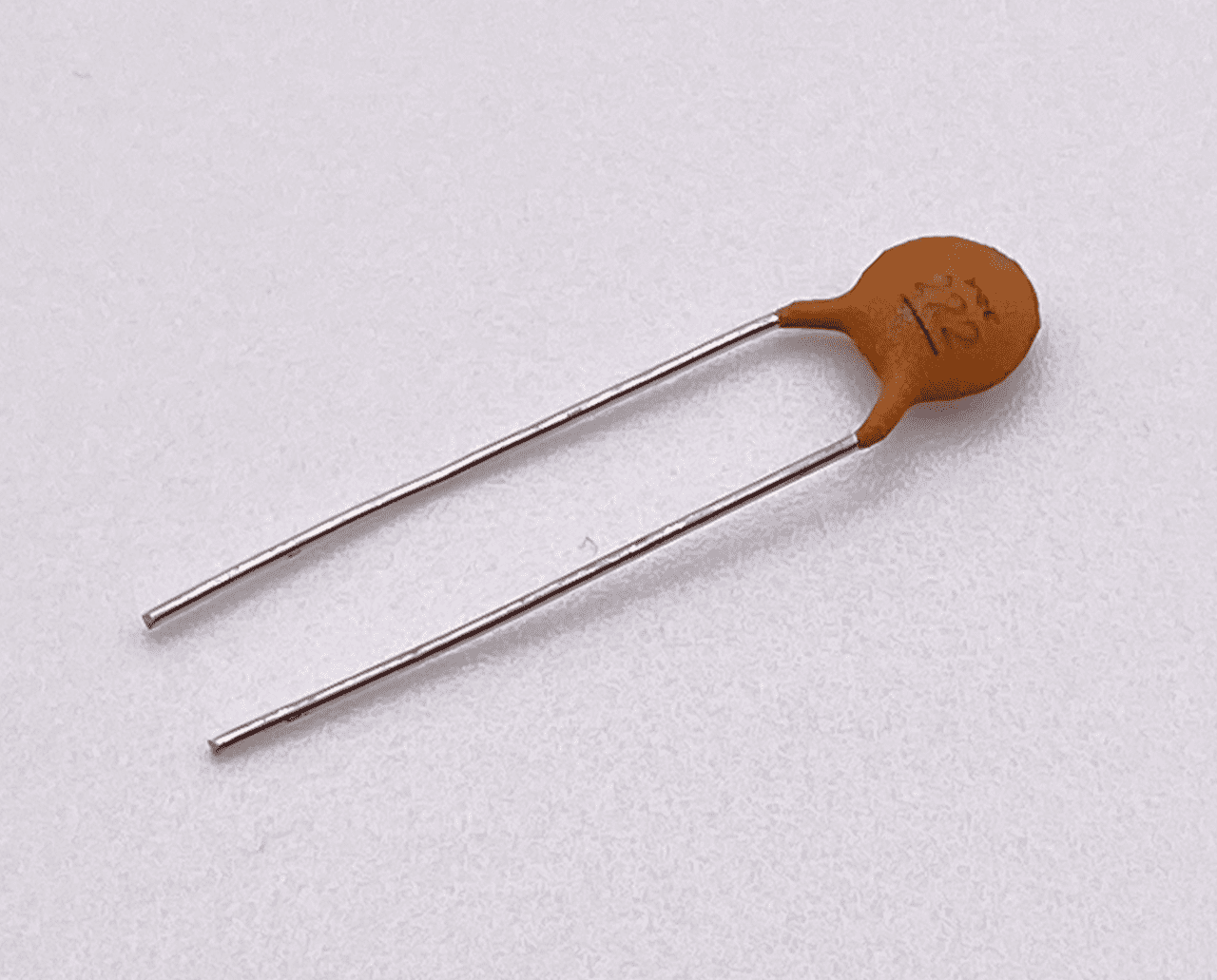
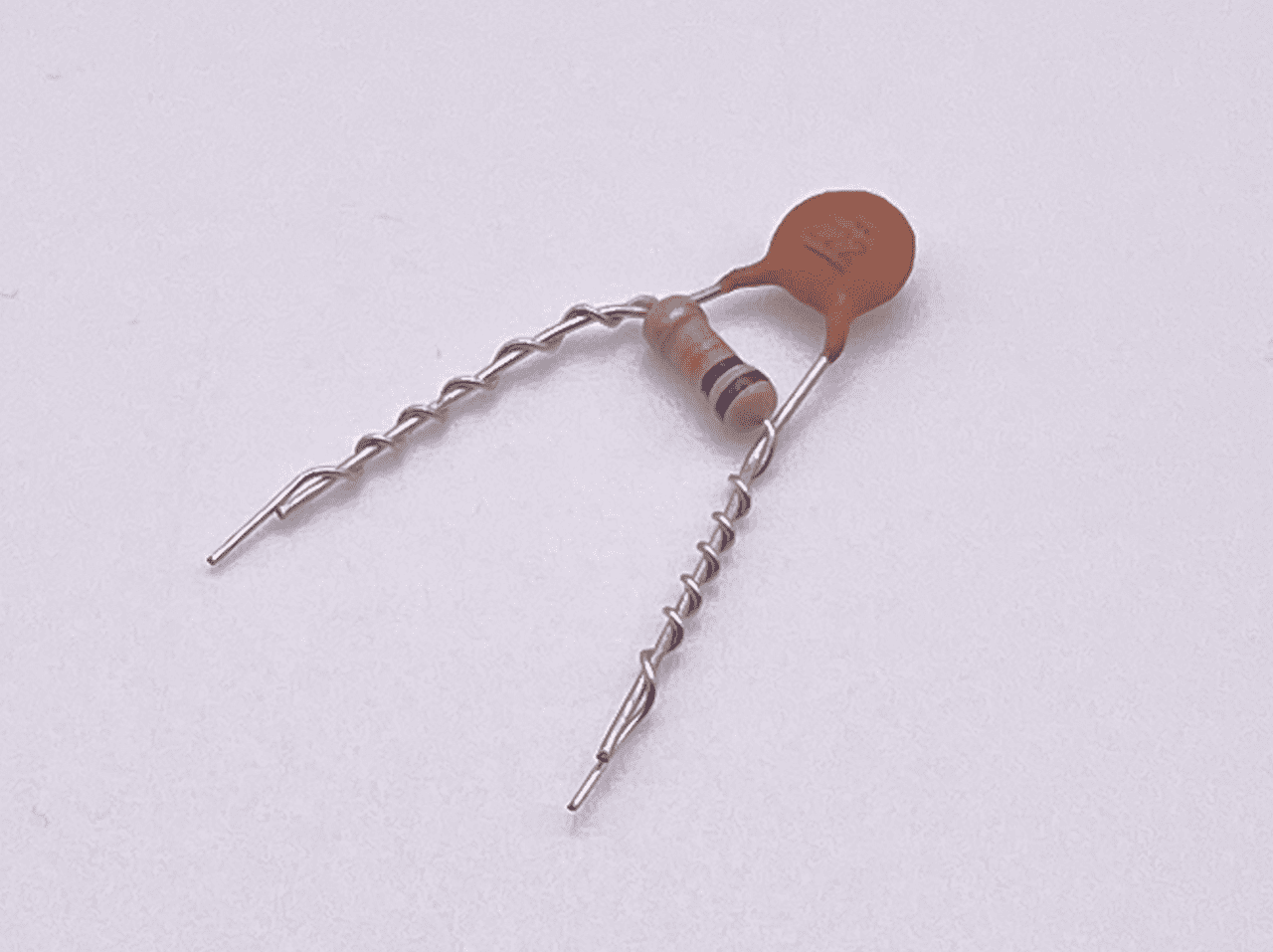
Duncan: A ceramic capacitor with a 1/4 Watt resistor wired in parallel.
Starting value: 0.002mF capacitor with a 100K resistor.
Notes: the capacitor acts as a high frequency by-pass. The resistor helps to modify the effectiveness of the volume taper.
Kinsman: A ceramic cap and a 1/4 Watt resistor wired in series.
Starting value: 0.001mF capacitor and a 120K resistor.
Notes: When installing, solder the resistor end to the outer lug of the volume pot. the open capacitor side is wired to the middle lug.
The volume taper is not modified as much as the Duncan version.
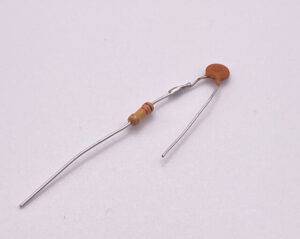

Fender-“Jonathan Parrish” style: Very similar to the Duncan variation, but with series resistor added.
Starting value: 1200pF capacitor, 150K resistor in parallel and 20K resistor in series.
Notes: The addition of the series resistor creates a consistent voltage drop across the circuit. The addition of the series resistor drops the high frequencies a little bit more than the Duncan, especially for Humbuckers with a lot of low end.
Some other values to try:
Humbucker neck 700-800 pf
Humbucker bridge 450-550 pf
Strat: 300 pf
Tele: 350-400 pf
Variable Treble Bleed Circuit
If you are not sure of the component setting to try, you might want to try the V-treb system from Precision Music Technologies. The adjustable bleed level allows the user to set the amount of treble that bypasses the pot when the volume is reduced for precise control of how bright or warm the tone will be at lower volume levels.
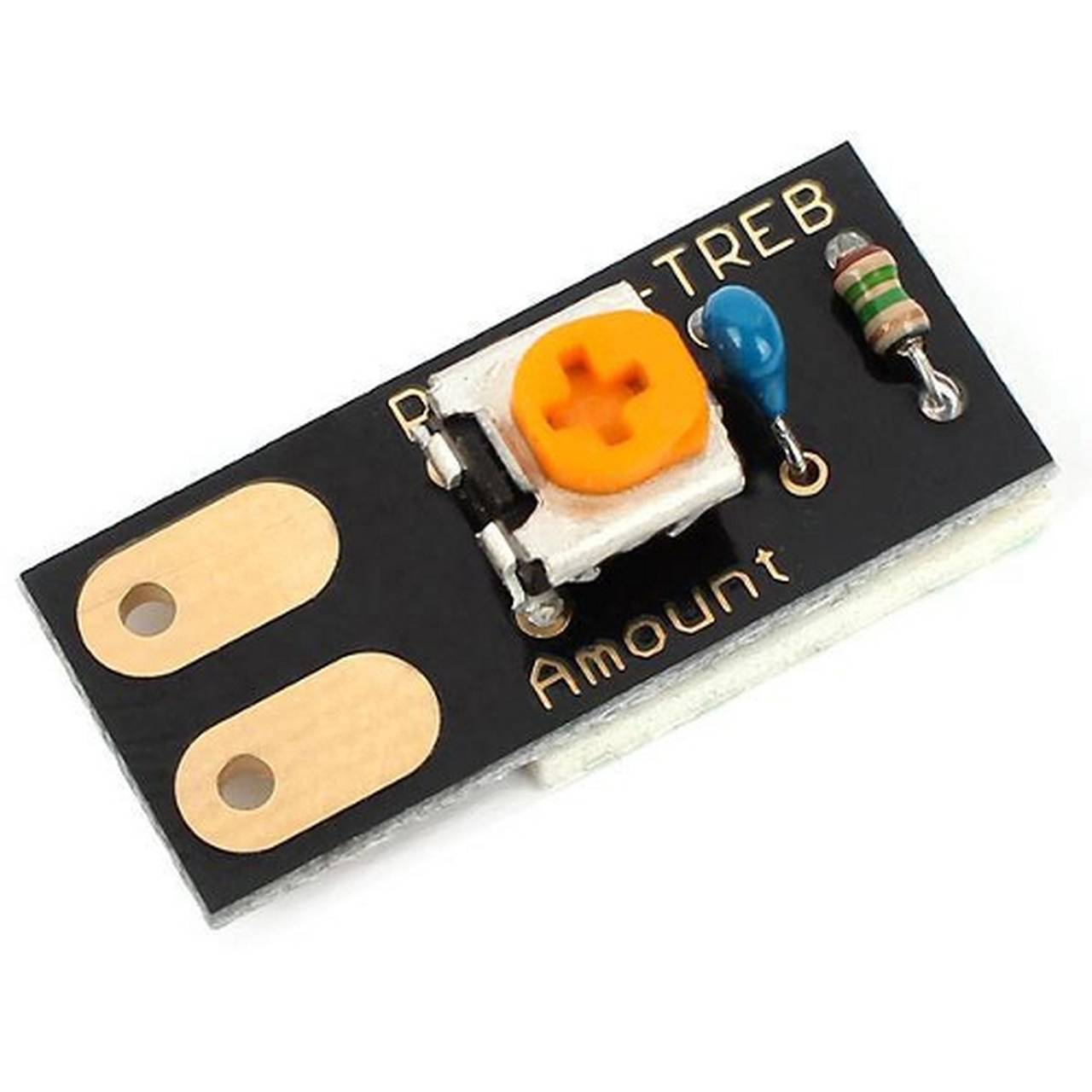
Final thoughts:
The treble bleed circuit is a very subjective thing. Some players like it, others don’t. The component values too are very subjective. The starting values mentioned above are only suggestions. they work great, but you can change them as you see fit. Very bass or mid heavy pickups may need different values. We’ve not mentioned other pickups such as Filterton, P90 or Jaguar pickups. These way need different values if you want to experiment. It’s worth a try!

